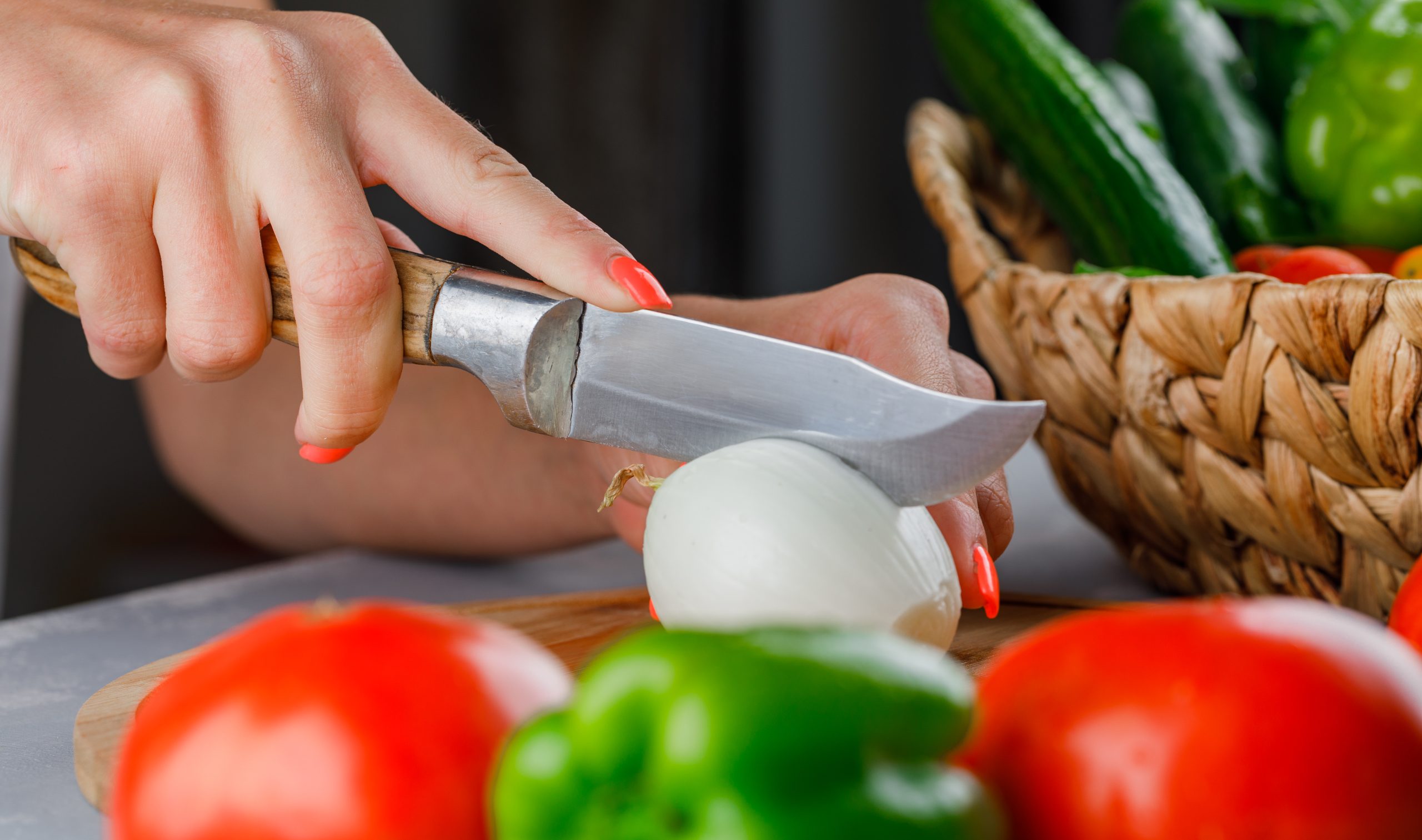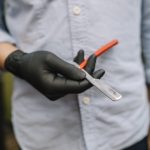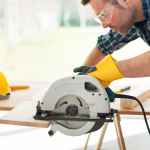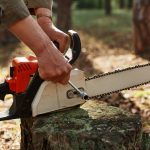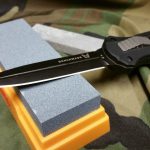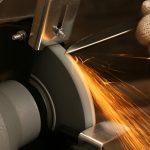In today’s culinary landscape, the rise of home cooking has brought new attention to the tools we rely on most especially our knives. A dull knife isn’t just frustrating; it’s dangerous and inefficient. Yet many home cooks don’t know when, how, or where to sharpen their cutlery. That’s why we’ve created this infographic guide to cutlery sharpening so you can keep your kitchen cutting tools in peak condition, whether you’re dicing onions or carving roast beef.
In this visual-heavy and information-rich post, we’ll walk you through the science and strategy of cutlery sharpening, including key timelines, sharpening methods, safety tips, and a printable infographic you can keep on hand. Let’s sharpen your knowledge and your blades.
Why Cutlery Sharpening Should Be on Every Home Cook’s Radar
Think of your knives like the tires on a car. Over time, even the best ones wear down. You wouldn’t drive on bald tires, so why cook with dull knives?
According to kitchen safety data, a dull knife is up to three times more likely to slip and cause injury than a sharp one. But beyond safety, there’s efficiency: a sharp knife speeds up prep time, enhances control, and helps maintain food integrity (you don’t want to bruise herbs or mash tomatoes with a blunt edge).
Still, many home chefs overlook cutlery sharpening until it’s too late when a knife can barely cut through a tomato skin. This guide helps prevent that.
Infographic Snapshot: Cutlery Sharpening At-a-Glance
Here’s a breakdown of what your infographic should include:
- Sharpening Frequency Chart (based on usage)
- Knife Types and Their Care Schedules
- Signs Your Knife Needs Sharpening
- Do’s and Don’ts of Sharpening at Home
- When to Call a Professional
- Tool Comparison: Honing Rod vs Whetstone vs Electric Sharpener
- Maintenance Checklist
Print it. Pin it. Stick it to your fridge for easy reference.
What Is Cutlery Sharpening Really?
Sharpening is the process of removing metal from the knife’s edge to recreate a sharp bevel. It differs from honing, which only realigns the edge without removing material.
Here are the three main stages of knife care:
- Honing – Realigns edge (weekly)
- Sharpening – Removes steel to recreate edge (every 3–12 months)
- Polishing/Stropping – Refines and smooths the edge (optional but professional)
Understanding this difference is key for home cooks who often confuse honing with sharpening. While honing rods are great for quick touch-ups, they don’t restore a dull blade. That’s where true cutlery sharpening—either DIY or professional comes in.
How Often Should You Sharpen Your Cutlery?
This is one of the most common questions we hear at The Point Sharpening, and the answer depends on usage:
| Knife Use | Sharpening Frequency | Notes |
| Daily (avid cook) | Every 2–3 months | Consider professional sharpening |
| Weekly (home cook) | Every 6 months | DIY or pro recommended |
| Occasionally (light use) | Once per year | Minimum schedule |
| Specialty knives | As needed | Bread/serrated—usually every 1–2 years |
Pro Tip: If your knife can’t slice through a sheet of paper or smashes tomatoes, it’s time.
Common Tools for Cutlery Sharpening
- Honing Rod (Steel)
- Realigns edges
- Best used weekly
- Doesn’t actually sharpen
- Whetstone
- Traditional tool with great results
- Requires patience and skill
- Needs soaking and proper angle control
- Pull-Through Sharpeners
- Fast but often too aggressive
- Can wear out knives faster
- Use with caution on premium blades
- Electric Sharpeners
- Convenient but harsh on steel
- Better for mid-range knives
- Not suitable for high-end blades
- Professional Cutlery Sharpening Services (like The Point Sharpening)
- Precision tools and trained professionals
- Preserves knife longevity and edge geometry
Why Professional Cutlery Sharpening Is Worth It
DIY sharpening works if you’re skilled, consistent, and careful. But even experienced home cooks often struggle to maintain the correct angles or avoid removing too much steel.
Professional services like The Point Sharpening offer:
- Factory-spec edge restoration
- Water-cooled, burr-free sharpening
- No overheating or angle distortion
- Perfect polish and finish
With our service, your knives come back sharper than new and ready for safe, efficient use.
How to Tell When It’s Time for Sharpening
Watch for these signs:
- Knife slips off onion or tomato skin
- You’re applying extra pressure
- Cuts are inconsistent or jagged
- Food sticks excessively to the blade
- You avoid using certain knives because they’re too dull
Don’t wait for frustration. Stay ahead with a sharpening schedule—or use our infographic for reminders.
Cutlery Sharpening: Pro Tips from the Experts
At The Point Sharpening, we’ve worked with home cooks, chefs, and food pros across Northern Virginia. Here are tips we share often:
- Avoid the dishwasher – it dulls blades quickly
- Use wooden/plastic cutting boards – not glass or granite
- Flip the knife to scrape – not the blade edge
- Dry knives immediately – rust shortens blade life
- Get a sharpening plan – don’t wait for dullness
Where to Get Cutlery Sharpening in Northern Virginia
If you’re searching for cutlery sharpening near you, The Point Sharpening offers trusted, professional sharpening services from Front Royal to Winchester and beyond.
We handle:
- Kitchen cutlery (chef’s, paring, carving knives)
- Shears and scissors
- Hunting and pocket knives
- Serrated and specialty blades
- Japanese knives and Damascus steel
Whether you’re a home cook or a culinary enthusiast, we’ll help you cook safer and with more confidence.
Cutlery Sharpening FAQs
Q: Does sharpening damage my knife?
Not when done correctly. We preserve edge integrity with careful technique and water-cooled grinding.
Q: Can I sharpen serrated knives?
Yes, but it requires special tools. We sharpen bread knives and serrated blades properly without ruining the teeth.
Q: How long does professional sharpening take?
Most blades are ready within 24–48 hours depending on workload.
Q: Do I still need a honing rod if I get my knives sharpened professionally?
Yes! Honing maintains edge alignment between sharpening appointments.
Final Word: Sharpening Isn’t a Luxury, It’s Kitchen Maintenance
Think of sharpening like changing your oil or servicing your HVAC it’s essential. For home cooks who want to prep faster, stay safer, and protect their favorite tools, cutlery sharpening is a smart habit.
At The Point Sharpening, we bring craftsmanship and care to every blade.

